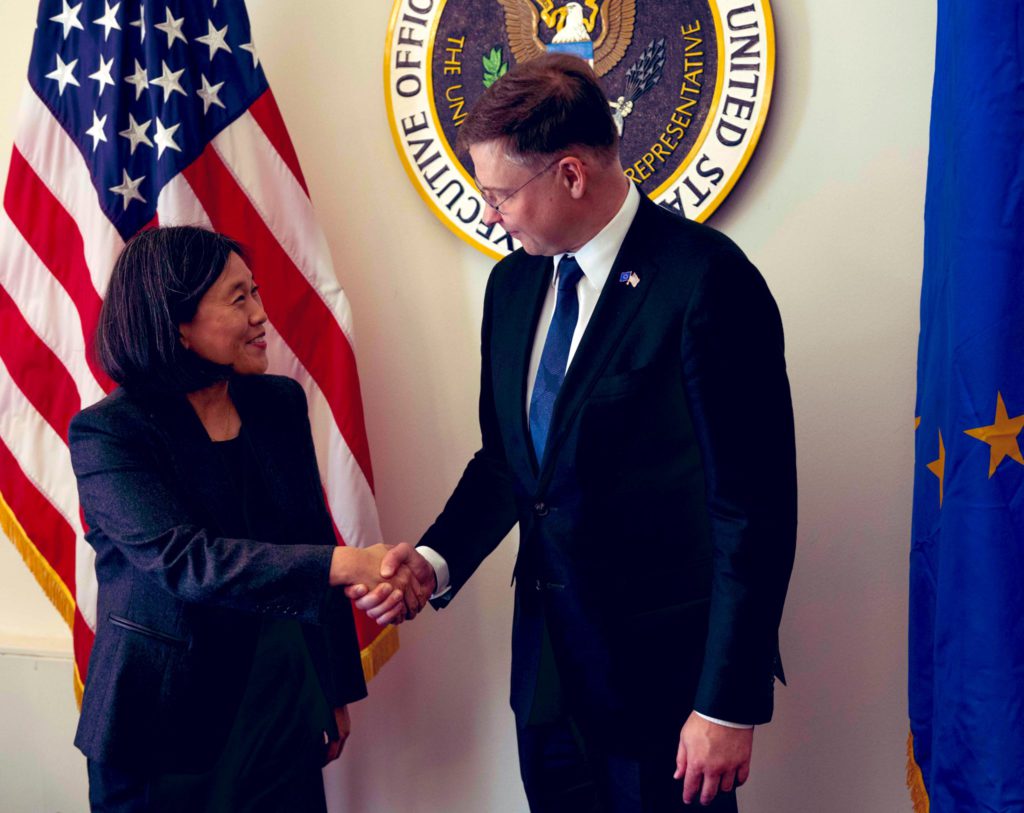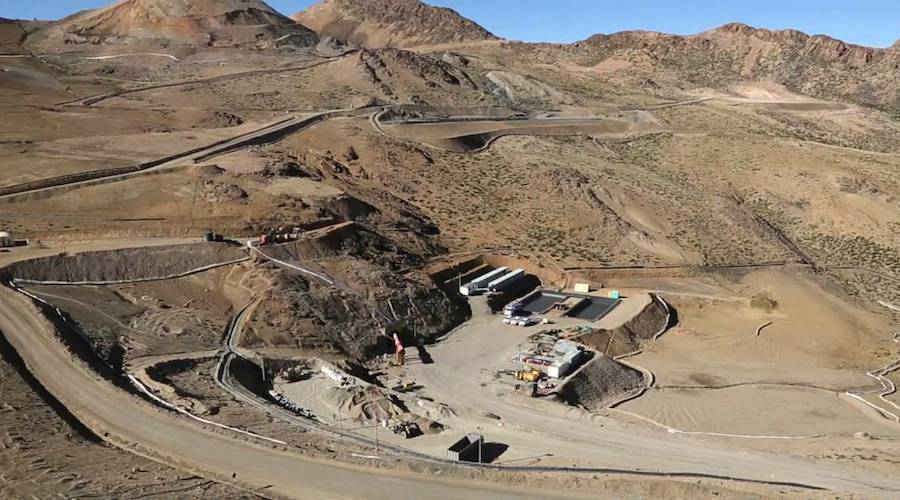EU’s Dombrovskis sees some progress on steel, battery minerals talks with US

European Commission Executive Vice President Valdis Dombrovskis said on Friday that the bloc wants to move quickly on a trade agreement with the United States for electric vehicle battery minerals and was optimistic on reaching a green steel and aluminum pact with Washington by October.
Dombrovskis, the EU’s top trade official, told reporters that he could not provide any details on timing for reaching a US-EU deal after Washington and Tokyo’s quick agreement in late March.
The US Treasury on Tuesday is expected to reveal which vehicles would see reduced access to US tax credits of up to $7,500 based on the content value of battery minerals and components that comes from the US or a free-trade partner.
“We’re making some progress, but also we’re seeing that those are not easy discussions,” Dombrovskis said of the minerals talks, adding that the EU was pursuing its own competing subsidies for clean energy technologies.
“We see this US-Japan agreement as a good basis for discussions, a good basis for the decisions and essentially we don’t see reasons why we should be treated worse than Japan,” Dombrovskis said during International Monetary Fund and World Bank meetings in Washington.
Dombrovskis, who met with US Trade Representative Katherine Tai on Thursday, said there has been progress on a trade agreement with the US on steel and aluminum produced with reduced carbon emissions.
Dombrovskis said he was “moderately optimistic” that a deal could be reached by October, a deadline set in October 2021 when they ended a trade war over the “Section 232” national security tariffs on steel and aluminum imports imposed by former US president Donald Trump.
That deal included new US import quotas for specific duty-free volumes of EU steel and launched talks on a global arrangement to combat “dirty” metals production aimed at excluding Chinese capacity.
Dombrovskis said, however, that the key parameters from the EU side was that the agreement would have to result in “complete withdrawal” of US tariffs on EU metals as well as the quota arrangement. Creation of a green metals club would also need to be compliant with World Trade Organization rules, he added.
“It’s intensive and constructive engagement, so we are able to move forward,” he said.
US officials have floated the idea of converting the Section 232 tariffs into a new tariff arrangement with rates based on the carbon emission of a country’s steel and aluminum arrangement.
(By David Lawder; Editing by Chizu Nomiyama)
{{ commodity.name }}
{{ post.title }}
{{ post.date }}

Comments